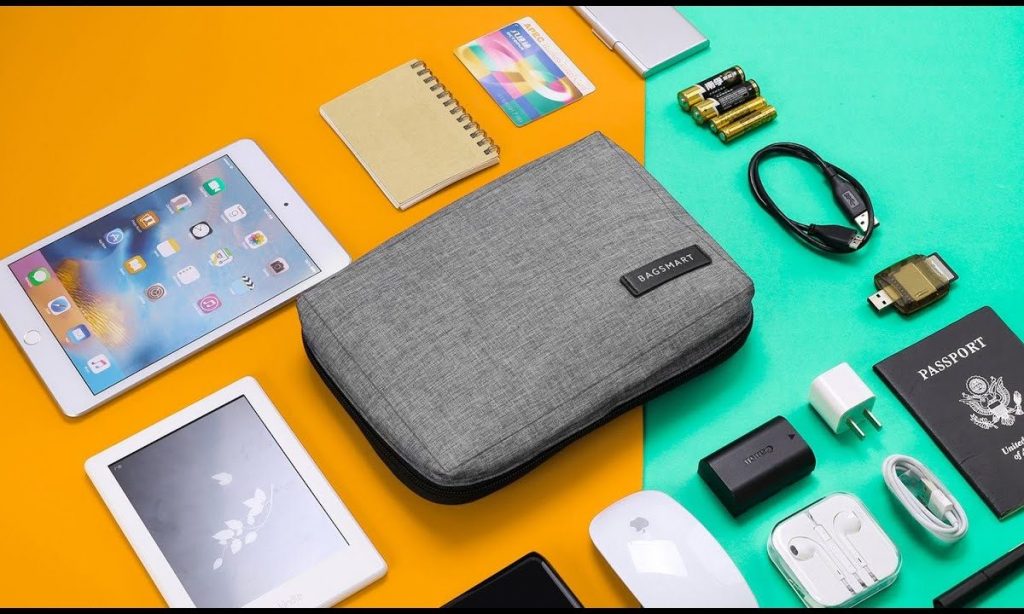
If you’re going on vacation, you may want to take your electronics. Before you start packing your gadgets, you may want to consider how you should pack them. Just last year, the US government banned lithium-ion batteries from all checked bags. This means you will have to put it in your carry-on bag. Today, we want to go over some ways you can make your travel experience easier.
Lithium-Ion Batteries & The Cargo Area
Battery technology has advanced dramatically in recent years. As a result, Lithium-ion batteries are relatively stable but still have some risks associated with them. Lithium batteries will catch fire when overheated or punctured. For more information about why Lithium-ion batteries catch fire, check out our post here.
Make the Most of Your Carry-On
The ban means you will have to bring any device with a Lithium-ion (most devices) in a carry on bag. This can be challenging if you are trying to travel with multiple devices. First, consider what you will need during your flight. You will want to put these items in a bag that goes under your seat. This will make the devices easier to access mid-flight.
If you plan not to check any bag, you may want to separate your clothes, toiletries, etc., in a separate bag. You can throw this bag in the overhead compartment and have it readily available under your seat. The TSA requires all electronics removed and placed in different bins for screening. This isn’t a huge deal as long as your bag is organized.
If you have several electronics, batteries, cords, etc., you plan on taking with you, consider getting an electronic organizer. There are several varieties out there, but BAGSMART makes a highly reviewed one. If you aren’t a specially designed carrying bag, we suggest packing them on top of your bags, so they are easy to get to at security.
Follow the Ban, Even if it Isn’t Enforced
The FAA is currently not severely enforcing the ban, but you still should follow it. The FAA requires electronic devices to be kept in a carry-on bag. If you put it in your checked bag, the device should be turned off and protected from accidental activation and damage. With that said, keep it in your carry-on. You do not want to start your vacation by unpacking your bags and finding your device damaged in transit (airline support staff doesn’t always hand luggage with kid gloves). For more information about the FAA rules, check out their website.
TSA Pre-Check
If you don’t want your luggage to be organized, don’t want to deal with the hassle of security, and travel a lot, the TSA Pre-Check might be for you. The process is time-consuming to enroll, but traveling is a breeze. You will have to do a face to face interview, provide fingerprints, and allow a background check. If you pass all of these steps, you will pay an $85 fee for a five-year enrollment. After enrolling, you will have access to the TSA Pre-Lane. As a result, your trip through security will be reduced.
If you found this article interesting or helpful, check out our other posts!
